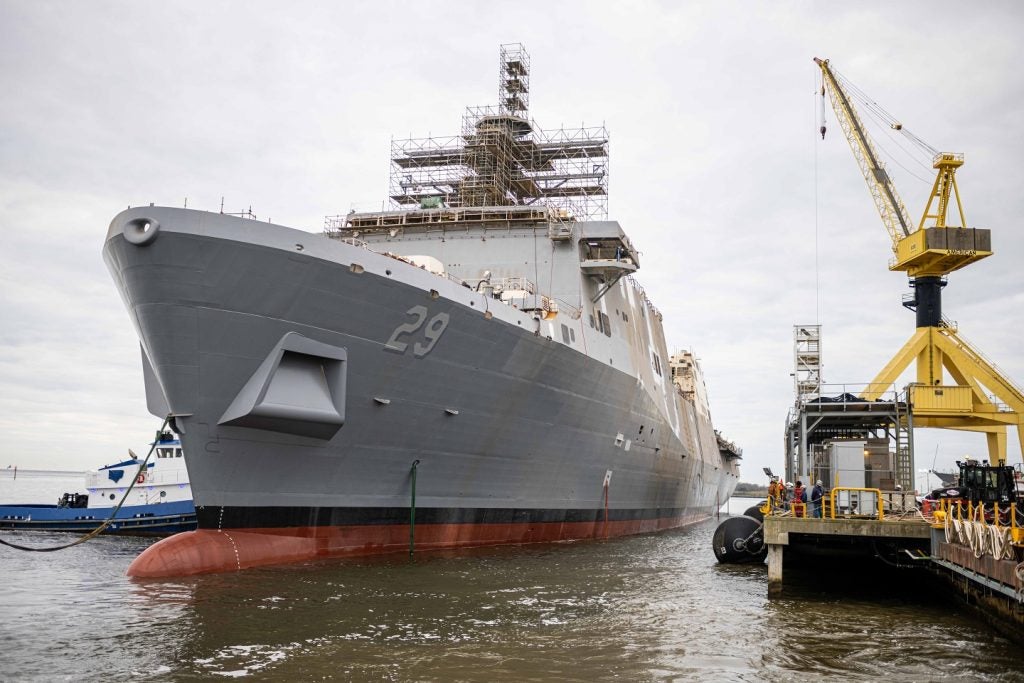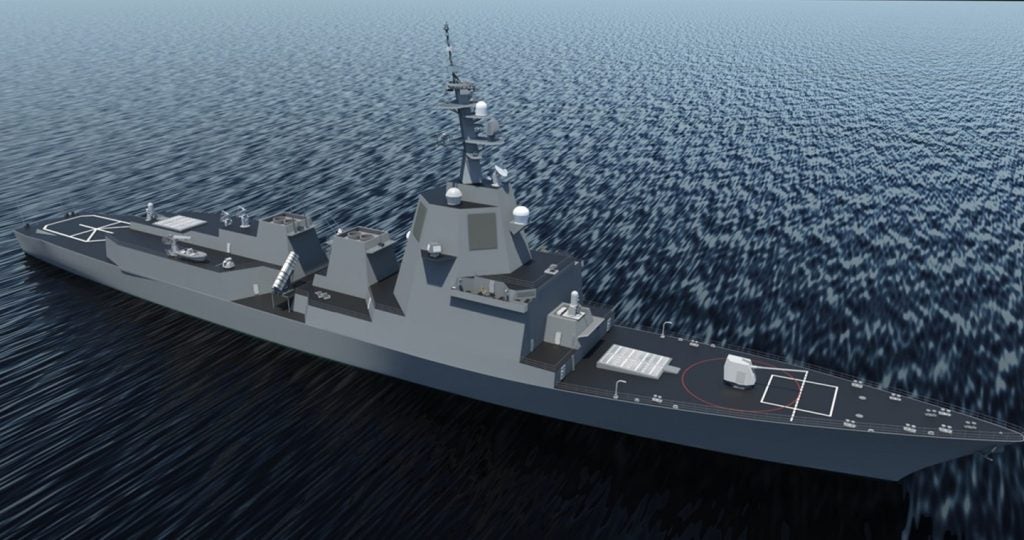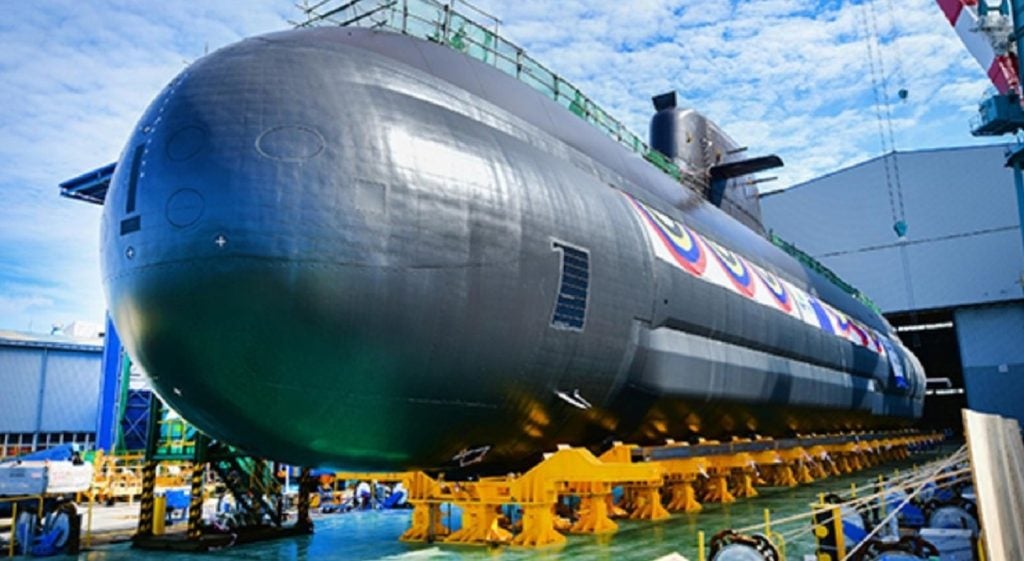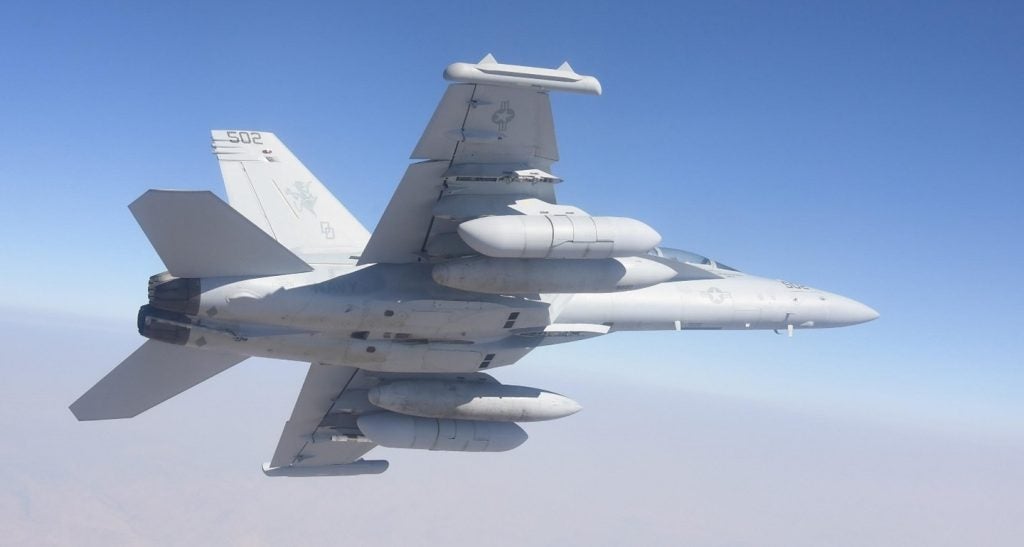Raytheon has delivered its 200th APG-79 active electronically scanned array radar (AESA) to Boeing for installation on a US Navy F/A-18E/F, EA-18G aircraft or a Royal Australian Air Force F/A-18F Super Hornet.
Raytheon Tactical Airborne Systems business development executive Fred Lanes said AESA technology had improved fighter combat capabilities and situational awareness for aircrews.
The APG-79 delivers 1,000%-1,500% more functionality than the mechanically scanned array radars.
The APG-79 is in operation with more than a dozen US Navy squadrons.
How well do you really know your competitors?
Access the most comprehensive Company Profiles on the market, powered by GlobalData. Save hours of research. Gain competitive edge.

Thank you!
Your download email will arrive shortly
Not ready to buy yet? Download a free sample
We are confident about the unique quality of our Company Profiles. However, we want you to make the most beneficial decision for your business, so we offer a free sample that you can download by submitting the below form
By GlobalDataBoeing F/A-18 and EA-18 programmes vice-president Kory Mathews said the APG-79 AESA radar was a core component of US Navy EA-18G aircraft, which will be deployed for the first time in 2010.
See Also:
The Royal Australian Air Force received its first five aircraft marking the delivery of the first foreign military sale of Super Hornets equipped with an APG-79 radar.







